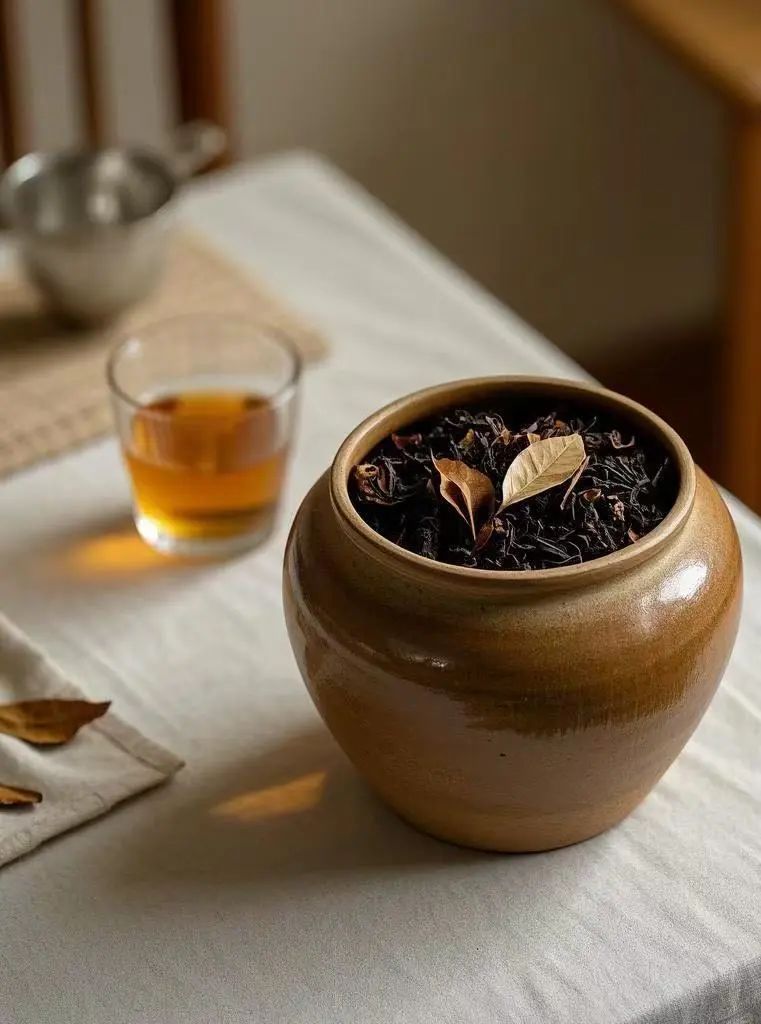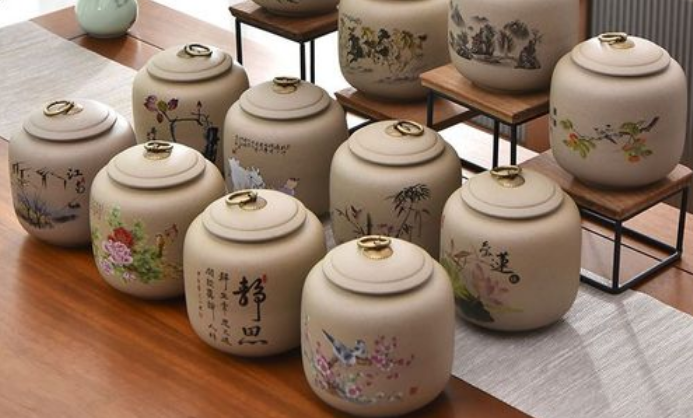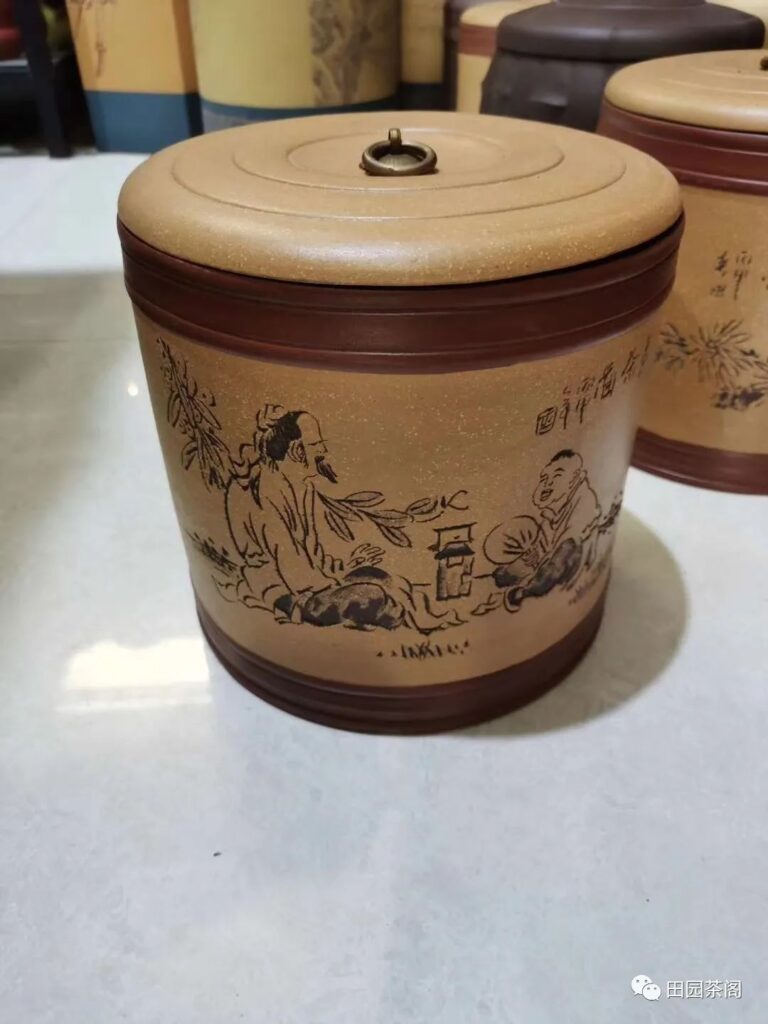How to Store Liubao Tea in Residences
01 Selection of the Building for Tea Storage
For home tea storage, it is advisable to choose a building. Generally speaking, in the north where it is relatively dry, the place for tea storage should not be on a too high floor. The first or second floor is fine. Of course, it is even better to store tea in the basement if available. In the south where it is relatively humid, if you don’t intend to accelerate the aging process, it is recommended to choose a floor above the fifth floor.
Regardless of whether it is in the north or south, the tea storage room should preferably face north-south. It is best to set up wooden or iron racks for storage. Keep the room away from direct sunlight and rain. If possible, set up a separate tea storage room. If not, you can place the tea on top of the wardrobe in the bedroom or make a wooden cabinet and place it in an appropriate position in the living room.
But remember, do not place it together with items with strange odors. Keep it away from the kitchen to prevent the tea from absorbing strange odors. It is especially not recommended to place it under the bed because the air circulation under the bed is poor. Once the plum rain season comes, it is easy to get damp and moldy.
02 Moisture and Dryness Prevention
In the north, when entering autumn and winter, the temperature and humidity are generally low. If possible, install an air conditioner and a humidifier. Keep the temperature around 25 degrees Celsius and the humidity around 75%. Pay attention to humidifying when the humidity is lower than 40%, and pay attention to dehumidifying when it is higher than 100%. In the south, the climate with low temperature and low humidity is relatively short. Generally speaking, just do a good job in moisture prevention. Especially after entering the plum rain season, it is recommended to keep the tea storage room closed during this period. And check whether the tea has molded after the rainy season and adjust the position of the tea up and down.
03 Ventilation
Regarding ventilation, I think it should vary according to different teas and specific tea products. Generally speaking, Liubao tea that has undergone sufficient piling fermentation should not be stored in an overly ventilated environment after being placed in a ventilated place for a period of time to remove the piling smell. Even for older Liubao tea or well-fermented aged Liubao tea, avoid strong ventilation and just keep it basically breathable.
The aging of Liubao tea requires moisture and oxygen in the air. Therefore, for some lightly fermented refined Liubao tea and Liubao tea made by traditional craftsmanship, within a certain humidity range, strengthen ventilation to promote its fermentation and transformation. If you adopt “extensive management”, with occasional fog, large temperature differences between day and night and good ventilation, the transformation effect will be more obvious.
04 Containers for Tea Storage
For home tea storage, many teas come with packaging. And many beautifully printed packages inevitably have an ink smell. It is okay to use them for short-term storage or for giving as gifts. When long-term storage is needed, the packaging often needs to be changed immediately. You can choose a purple clay jar or an unglazed clay jar according to the amount of tea. Those beautiful packages can be properly stored and used when giving tea as a gift.
A significant portion of Liubao tea currently available on the market is packaged in traditional baskets. If the basket is in good condition, there is no need to change the packaging; the tea can be stored in the basket for an extended period.
Of course, for those who drink tea regularly and have certain standards for quality, it is advisable to transfer the tea into a canning system (either ceramic pots or jars) after 3 to 5 years.
By storing the tea in this manner for an additional 6 to 8 years, the tea will have aged sufficiently and will be very enjoyable to drink.



